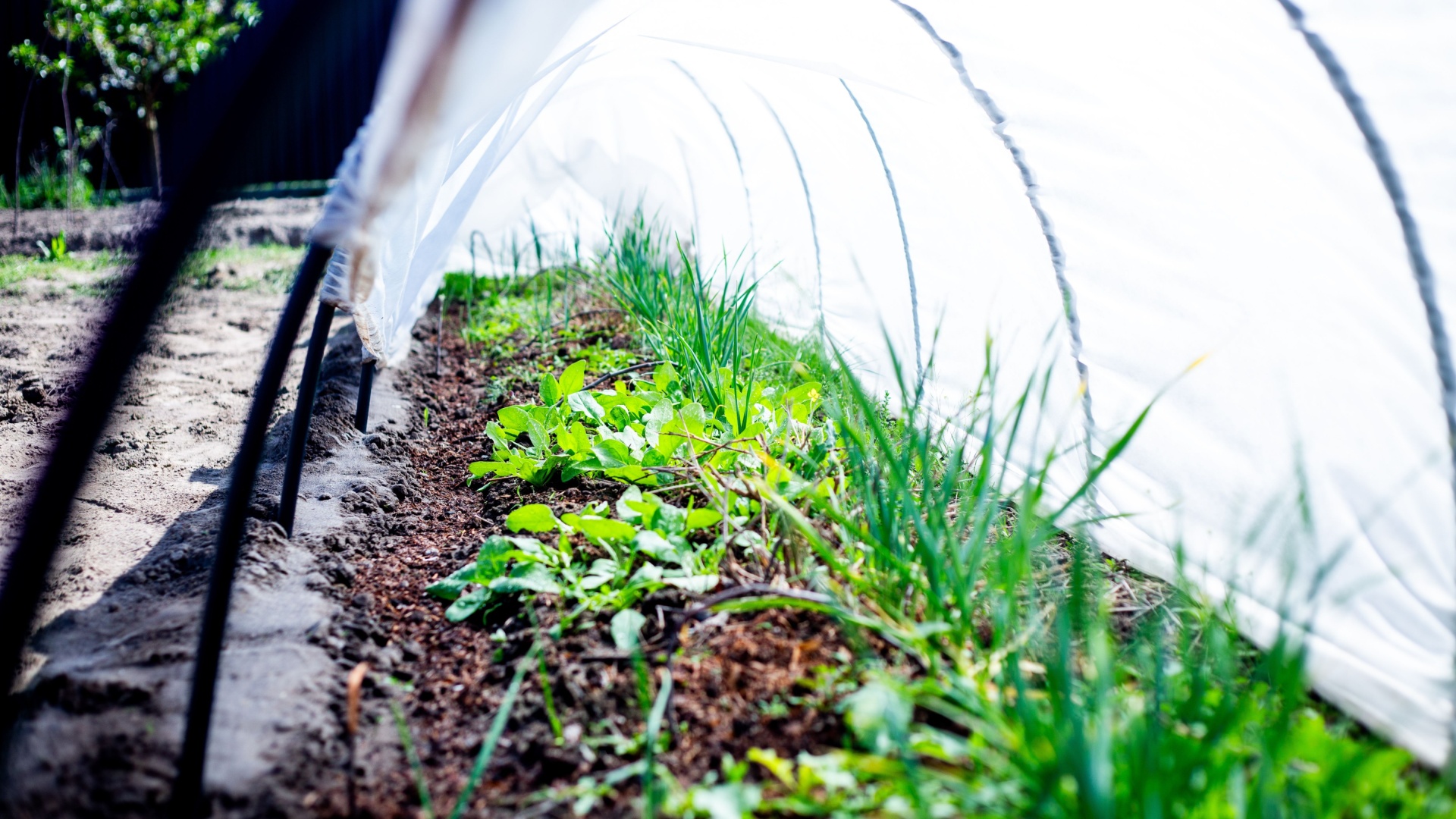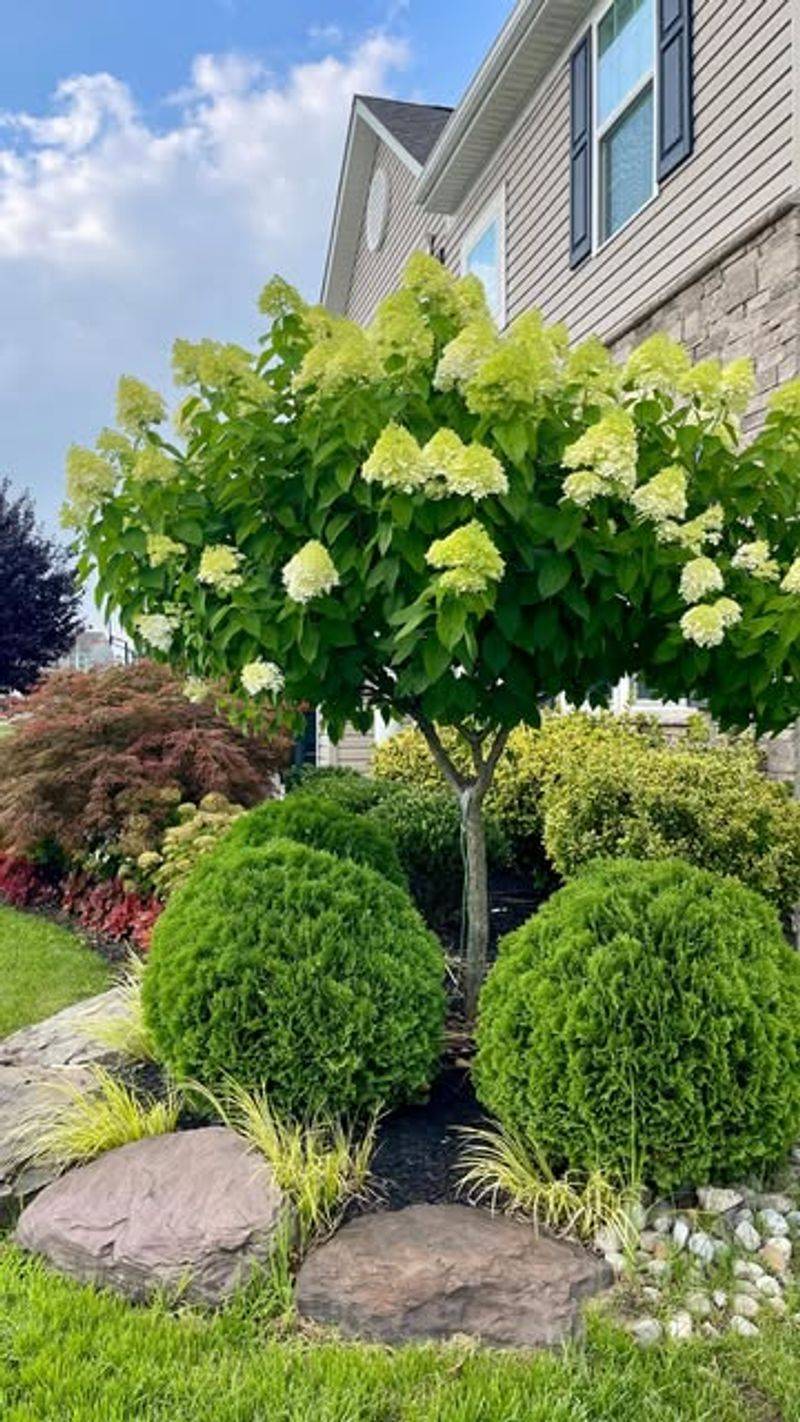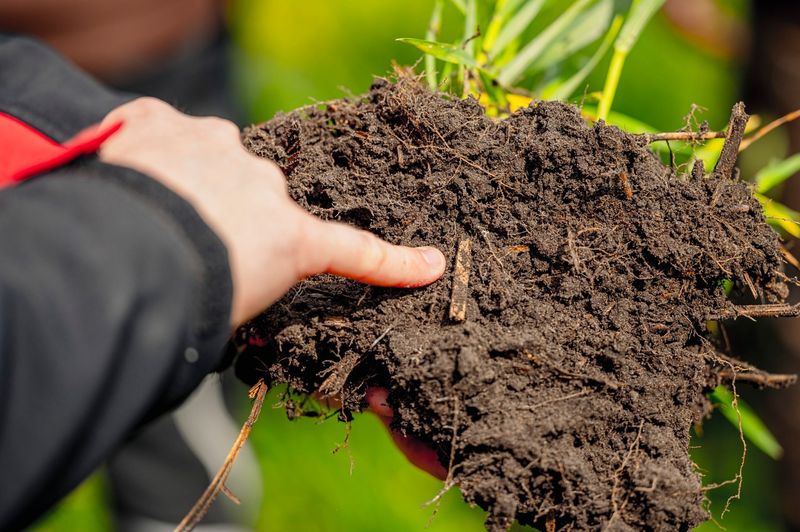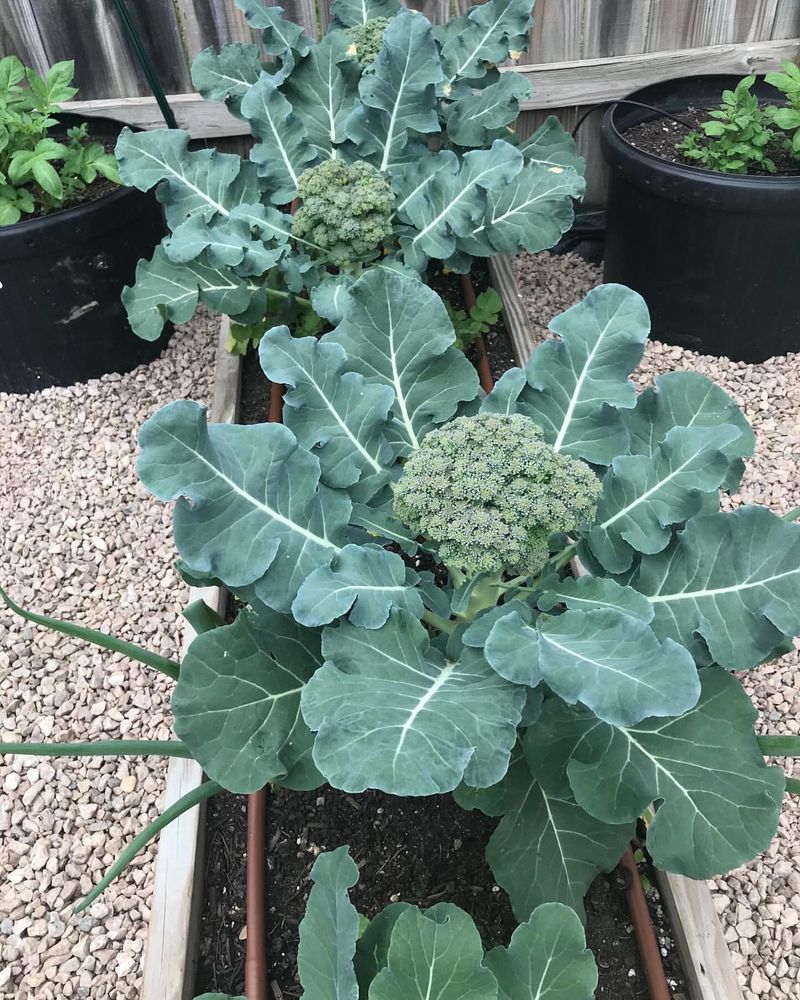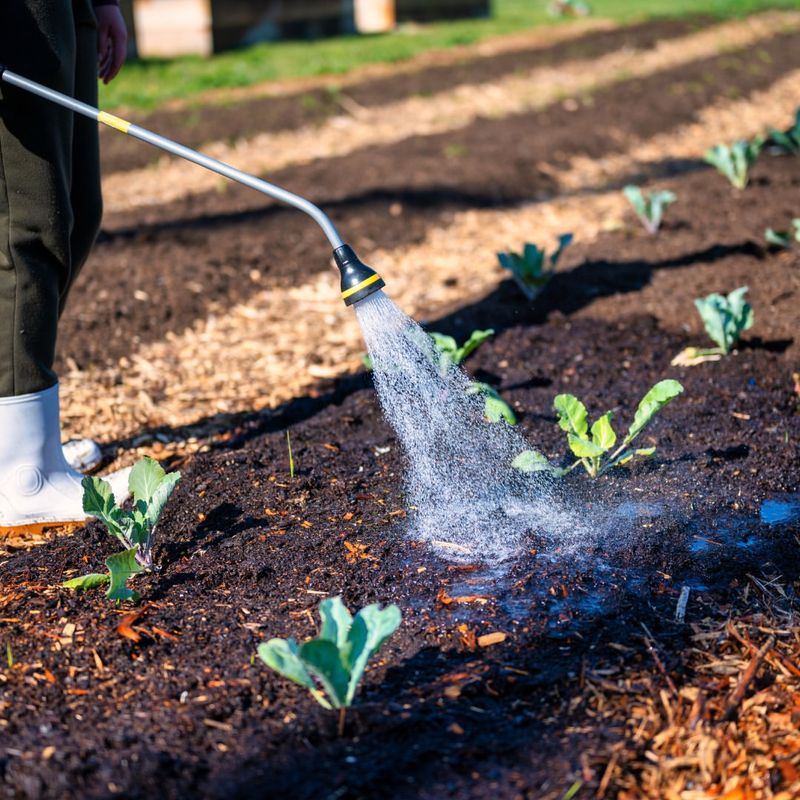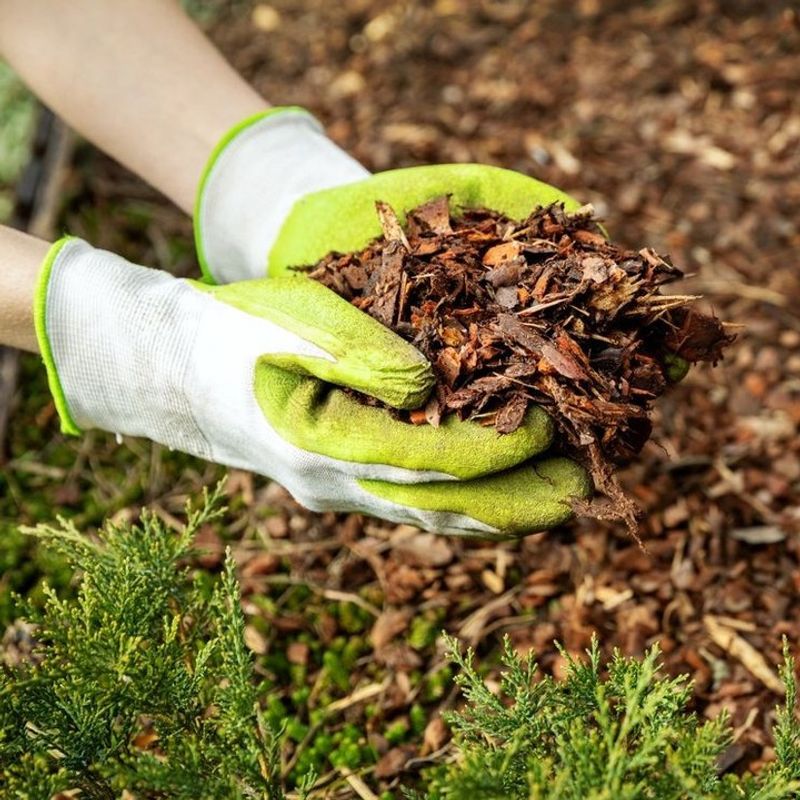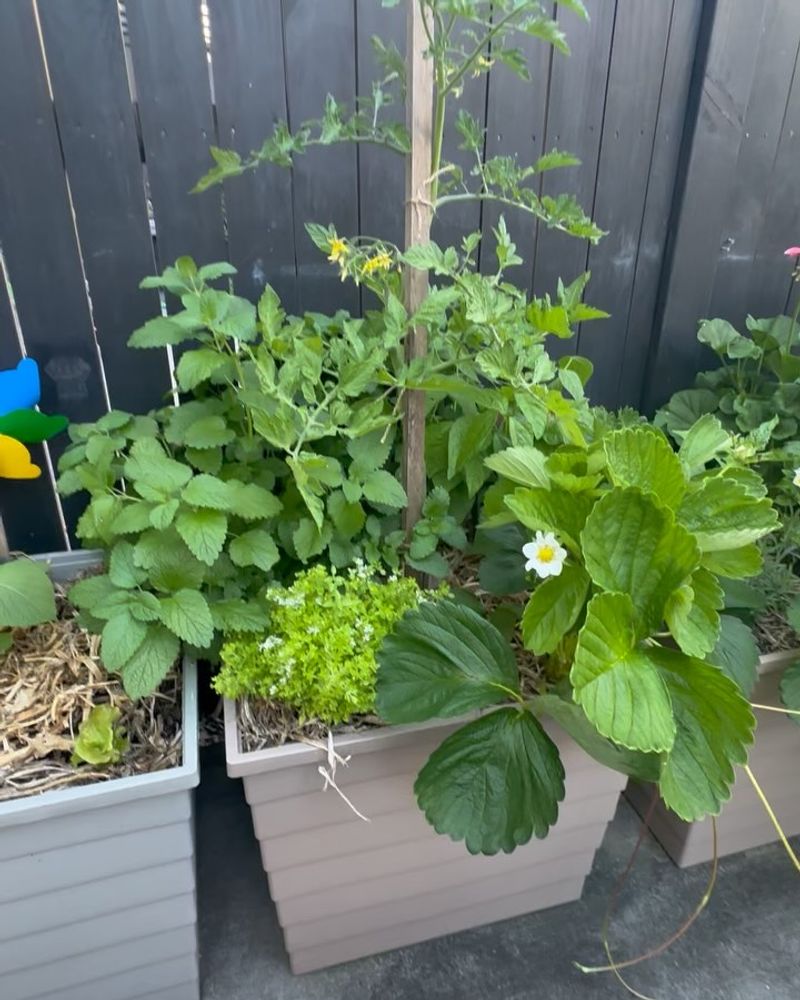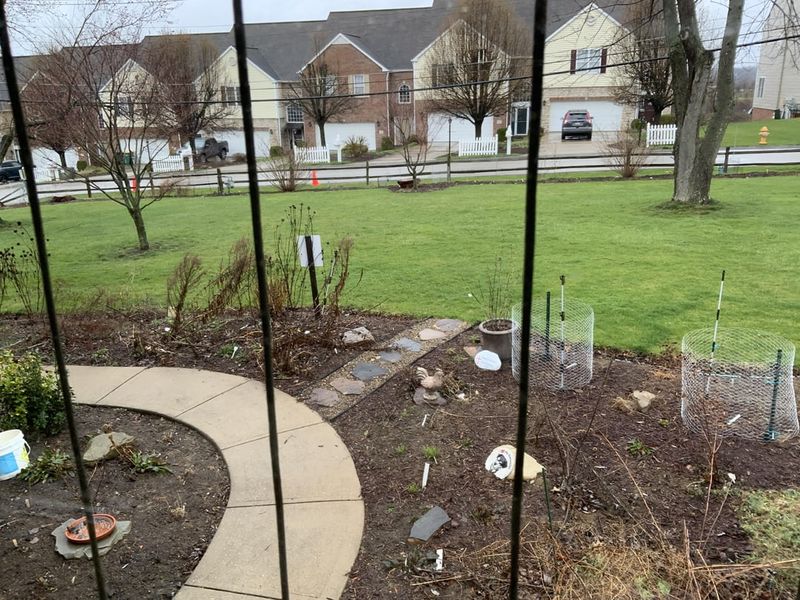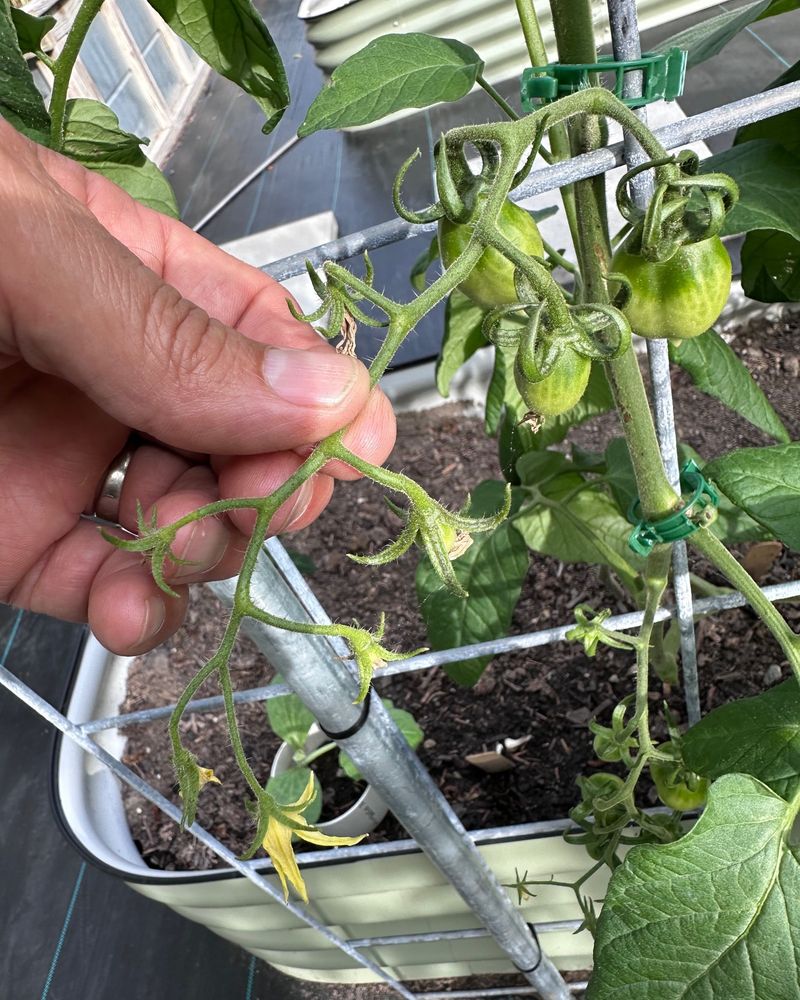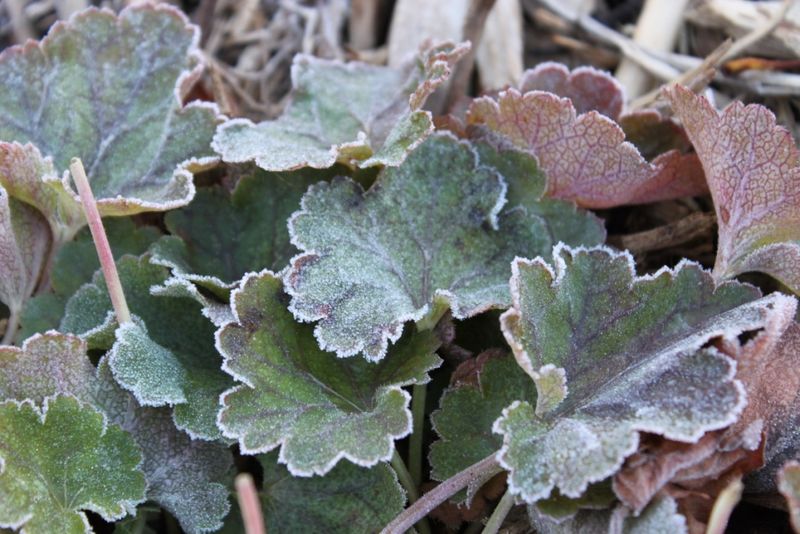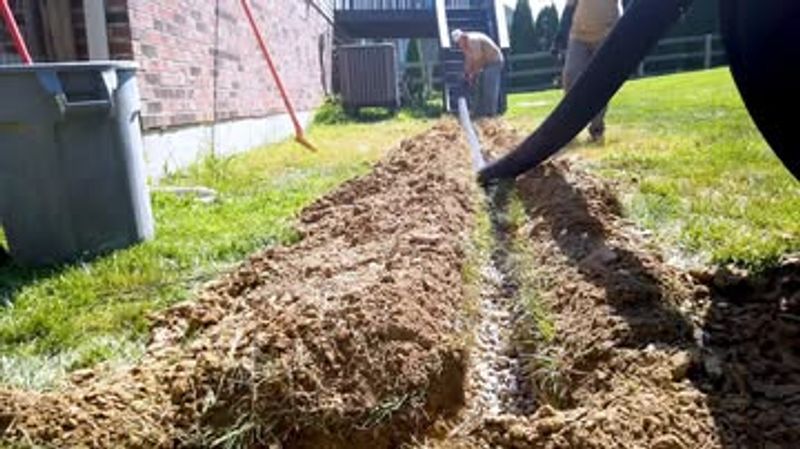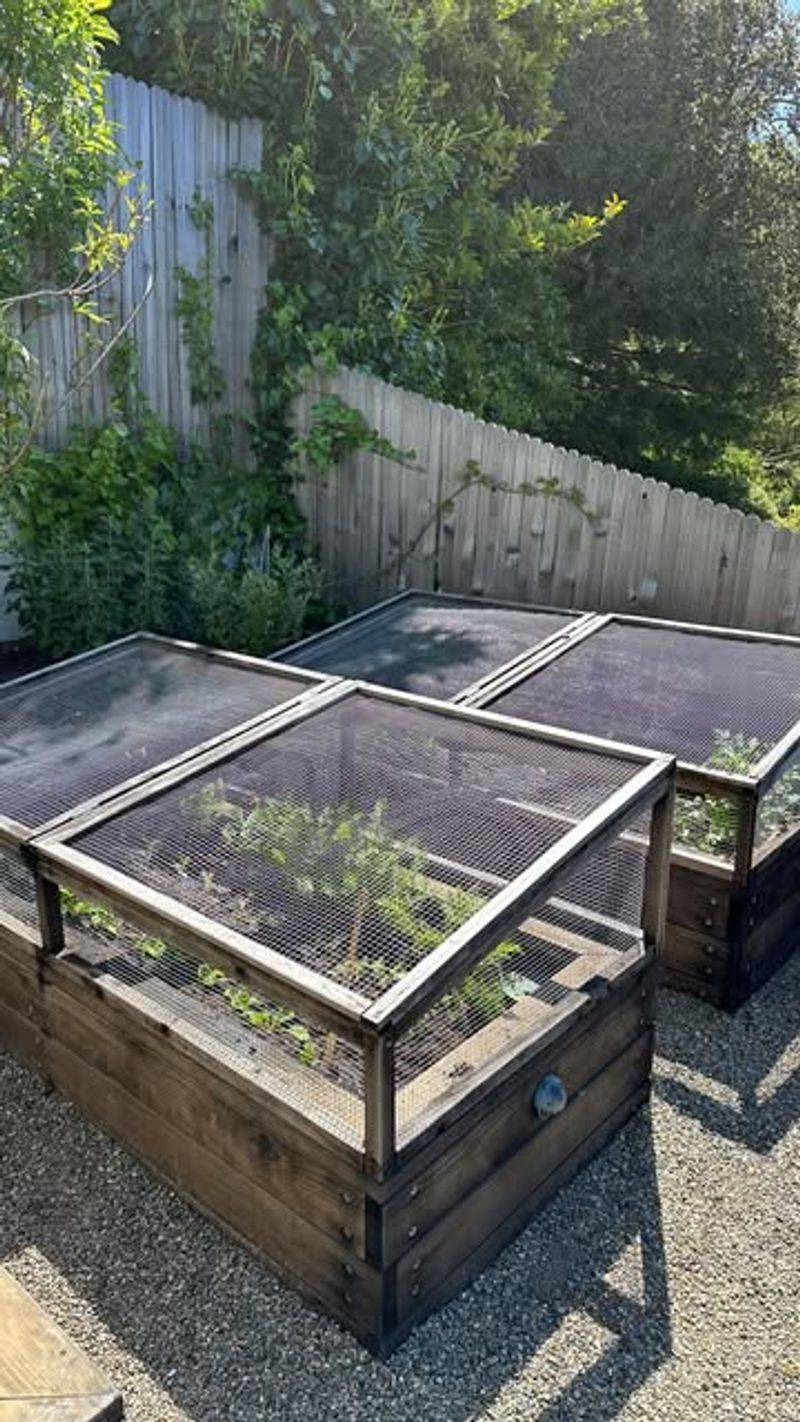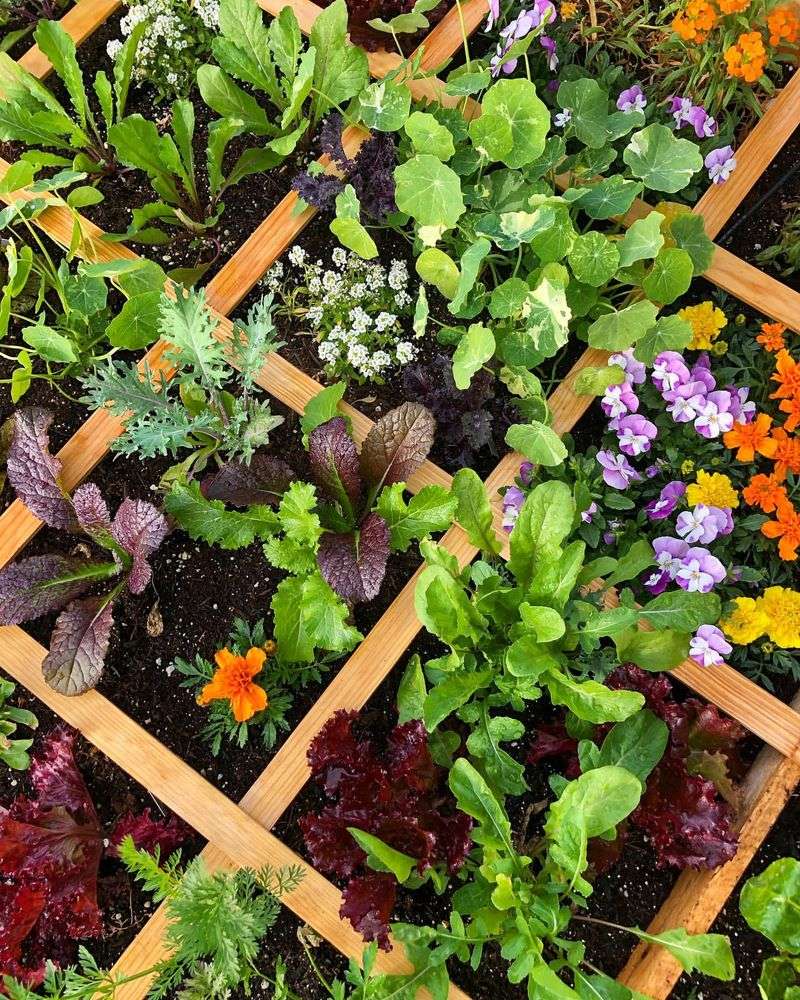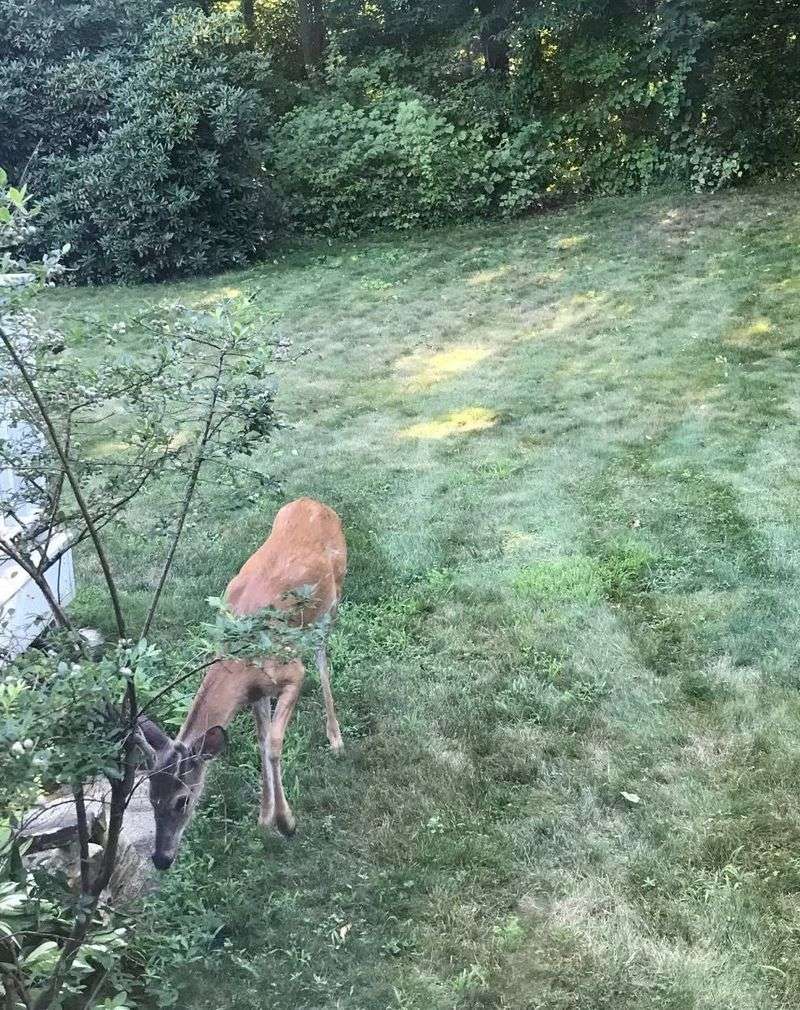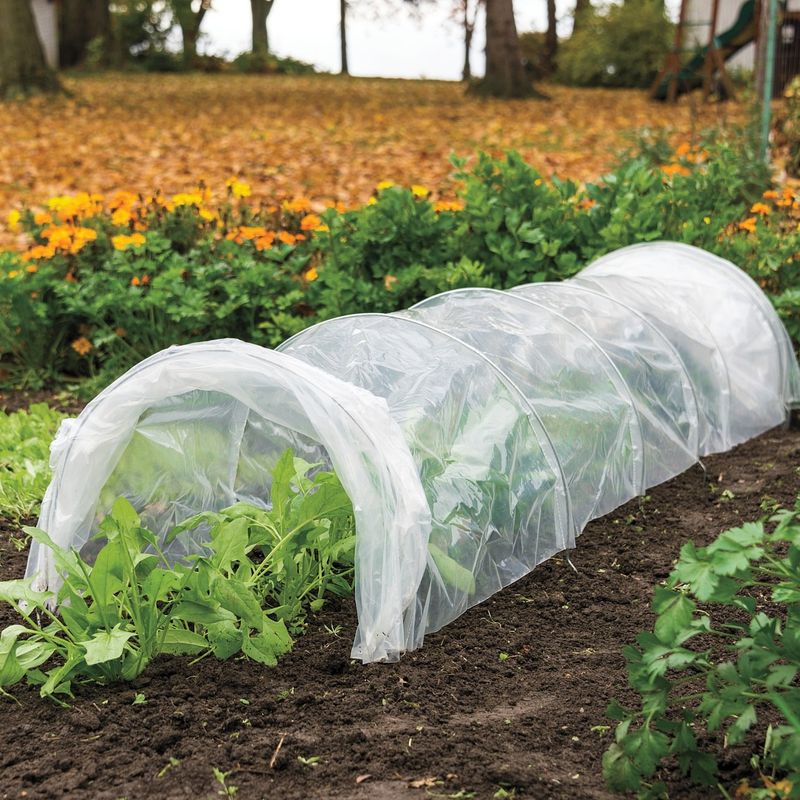I thought I was doing everything right—watering, planting, and giving my garden all the care I could. But gardening in Salt Lake City comes with its own set of rules, and I learned the hard way. A few common mistakes cost me my entire garden.
If you’re planting in Utah’s dry climate, learn from my missteps before you lose your own hard work.
1. Ignoring Our Hardiness Zone
Salt Lake City sits in Zone 7, but I planted tropical varieties better suited for Zones 9-10. My beautiful hibiscus and banana plants shriveled at the first frost, while my neighbors’ native plants thrived.
Understanding our growing zone is crucial before purchasing any plants. Local nurseries typically stock appropriate varieties, but those big-box store temptations often lead to heartbreak when winter arrives.
2. Skipping Soil Testing
Our alkaline soil has a pH around 8.0, but I never tested before planting. My blueberries and azaleas, which need acidic soil, never stood a chance despite my careful watering.
Salt Lake soil also contains high levels of calcium and other minerals that affect nutrient availability. A simple $15 soil test from USU Extension would have saved me hundreds in dead plants.
3. Planting at the Wrong Time
Eager to get started, I planted tomatoes in early April when nighttime temperatures still dropped below 50°F. They became stunted and never recovered, even in summer.
Our growing season is shorter than many places, starting later and ending earlier. Memorial Day weekend is actually the safe bet for warm-season vegetables in Salt Lake, regardless of those tempting early warm days.
4. Watering Too Frequently
Daily shallow watering seemed logical in our desert climate. Instead, my plants developed shallow roots that couldn’t handle heat waves, and fungal diseases flourished in the constantly damp environment.
Deep, infrequent watering encourages roots to grow downward for stability. Most established plants in Salt Lake need water only 2-3 times weekly, even during summer heat.
5. Forgetting About Mulch
My bare soil baked under the intense Utah sun, reaching temperatures that stressed plant roots beyond recovery. Water evaporated almost immediately, leaving plants perpetually thirsty despite frequent irrigation.
A 3-inch layer of organic mulch can reduce soil temperatures by 10-20 degrees and cut water needs by 30%. Pine needles, straw, or wood chips would have saved my garden from the scorching summer heat.
6. Crowding Plants Together
Squeezing too many seedlings into limited space created a battlefield below and above ground. My crowded tomatoes developed fungal diseases that spread rapidly through the entire patch.
Plants need proper spacing for air circulation in our humid summer mornings. Disease spreads quickly in crowded conditions, and competition for nutrients leads to smaller harvests.
7. Neglecting Wind Protection
The infamous canyon winds destroyed my tall plants overnight. My six-foot sunflowers snapped like twigs during a summer storm, while my neighbor’s windbreak-protected garden remained intact.
Salt Lake’s unique geography creates powerful downslope winds, especially near the canyons. Simple solutions like temporary fencing, strategic shrub placement, or even row covers during seedling stage would have prevented this disaster.
8. Using the Wrong Fertilizer
I applied high-nitrogen lawn fertilizer to my vegetable garden, creating lush green plants with barely any fruits or flowers. My tomatoes grew into gorgeous bushes but produced minimal harvest.
Different plants need different nutrient ratios. Flowering and fruiting plants require more phosphorus than nitrogen. Our alkaline soil already locks up certain nutrients, so balanced organic fertilizers work better than synthetic options in Salt Lake gardens.
9. Forgetting Winter Protection
My perennials died during winter because I failed to mulch them properly before the first freeze. The constant freeze-thaw cycles in Salt Lake City pushed my lavender and rosemary plants right out of the ground.
Winter protection isn’t just about cold – it’s about temperature stability. A thick layer of mulch after the ground freezes prevents the soil heaving that killed my herbs and perennials.
10. Overlooking Drainage Issues
Clay-heavy Salt Lake soil created waterlogged beds during spring snowmelt. My raised beds lacked proper drainage holes, turning into death pools for root systems when spring rains combined with melting snow.
Even drought-tolerant plants hate wet feet. Amending soil with organic matter and ensuring proper drainage would have prevented root rot. Adding a slight slope to beds directs excess water away from sensitive plant roots.
11. Ignoring Pest Prevention
I reacted to pest problems instead of preventing them. By the time I noticed squash bugs, they’d already destroyed my entire zucchini crop and moved on to cucumbers.
Early intervention with row covers, companion planting, and regular inspection would have stopped the infestation. Salt Lake’s dry climate actually helps us avoid many pest issues, but certain insects like squash bugs and aphids still thrive here.
12. Planting Incompatible Neighbors
My beans struggled next to onions and garlic, while my dill caused havoc with nearby carrots. Plant incompatibility created unexpected competition and even chemical warfare beneath the soil.
Some plants release compounds that inhibit growth in certain neighbors. Others compete for the same nutrients or attract problematic insects. A simple companion planting chart would have helped design harmonious plant neighborhoods instead of botanical battlegrounds.
13. Underestimating Deer and Rabbit Damage
One morning I discovered my garden had become a wildlife buffet overnight. Deer jumped my inadequate 4-foot fence, while rabbits squeezed through gaps, consuming months of work in hours.
Salt Lake’s urban-wildland interface means wildlife pressure is intense. Proper fencing needs to be at least 8 feet tall for deer and buried 6 inches for rabbits. Physical barriers work better than repellents in our area.
14. Choosing Thirsty Plants
My hydrangeas and hostas demanded constant watering in our desert climate. Even with irrigation, they struggled through July and August when water restrictions limited my garden schedule.
Salt Lake City averages just 16 inches of annual rainfall. Water-wise gardening isn’t optional here – it’s essential. Native plants like penstemons, salvias, and gaillardia would have thrived with minimal supplemental water while still providing beautiful blooms.
15. Using National Gardening Advice
Following gardening books written for the East Coast led me astray. Their planting times, pest solutions, and variety recommendations simply don’t work in our unique Intermountain West conditions.
Salt Lake gardening has specific challenges – alkaline soil, low humidity, intense sun, and dramatic temperature swings. Local resources like USU Extension or the Conservation Garden Park provide regionally-appropriate advice that national publications often miss.
16. Skipping Season Extension Methods
I missed weeks of growing time by not using cold frames or row covers. Our last frost date in May and first frost in September create a shorter growing season than many gardening zones.
Simple season extenders like wall-o-water tomato protectors, hoop houses, or even plastic milk jugs as mini-greenhouses could have given me an extra month on each end of the season. These protection methods buffer against Salt Lake’s unpredictable spring and fall temperature swings.

